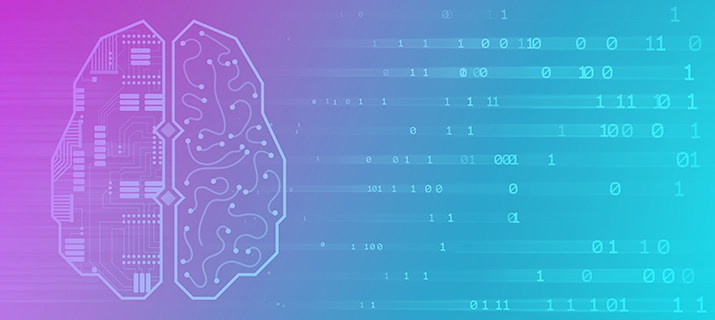
GxP Lifeline
Automated Visual Inspection Delivers Transformational Improvements in Pharmaceutical Manufacturing

Quality professionals in pharmaceutical manufacturing know the importance of current good manufacturing practice (CGMP). But advancements and technological change within the industry mean the definition of “current” GMP is a moving target. Pharma manufacturers must keep abreast and deploy emerging technologies to stay current. As an example, see “7 Key Concepts in the FDA’s Quality System Guidance for Pharma.”
In order to remain current, it’s imperative for pharma manufacturers to embrace working in the era of digital transformation and Industry 4.0. This includes adopting the latest technology, which will streamline CGMP compliance by enhancing quality and productivity. A clear example of this is the use of automated visual inspection (AVI) systems.
The accuracy and economics of AVI offer significant advantages to pharma manufacturers, and most modern production facilities are quickly adopting it.
Deep learning delivers remarkable improvements over traditional machine vision, which has been available for over 20 years. It “learns” by developing models using images annotated by human subject matter experts and trained using neural networks. These trained models can then be deployed in manufacturing, delivering inspection processes that are thorough and help reduce costs. They can augment human inspection, helping operators identify defects quicker and more accurately. This has obvious benefits to pharma manufacturing, which include:
- Scrap Reduction: AVI helps identify defects earlier in the manufacturing process thereby reducing the buildup of defective inventory that must be scrapped or reworked.
- Greater Throughput: By identifying and isolating defects more efficiently, manufacturing problems are addressed quicker resulting in greater process throughput.
- Defect Containment: AVI yields greater quality inspection “coverage” compared to traditional human inspection. This means fewer opportunities for defects to escape detection and ship to customers.
The benefits listed above are desirable in all manufacturing processes. Why are we just now realizing these benefits from AVI? Extensive research dating back to the ’90s paired with advances in computer and Graphics Processing Units (GPUs) have led to deep learning using neural networks. In some cases, trained models can be developed using high-end computer resources with GPUs and then deployed on inexpensive commodity hardware for inferencing on the manufacturing line. Some solution providers can teach manufacturing employees how to train models (no coding required) and not rely on expensive vendors/consultants for modeling. This is a significant economic benefit as inspection criteria are dynamic. This means new models will need to be trained as the manufacturing quality focus areas shift.
There are numerous solutions already deployed. State-of-the-art manufacturers have moved past proof of concepts and pilots to production deployment. These solutions integrate inline AVI tools with quality control software for manufacturing, which is advantageous to the pharmaceutical industry because production can be halted instantaneously upon defect detection. Traditional “batch inspection” performed offline allows production to continue creating potential scrap while waiting for inspection results.
Deep learning-based systems are ideal for applications requiring complex pattern recognition. In the simplest terms, what a human can detect, AVI systems can detect. Think of cosmetic defects like cracks, scratches, smudges, and dents. These are defects that could lead to significant rework/scrap in the past and they could only be detected (economically) by humans. AVI systems can now detect these defects economically and at scale. Technological advances enable these solutions to be deployed in high-speed production processes. Human inspections that were often limited to small sample sizes with the inherent risk of escapes are being replaced by AVI inspections that inspect 100% of production.
Additional AVI applications and use cases are virtually limitless. Using instantaneous detection, scrap avoidance, and defect containment, AVI adoption provides:
✔ Improved quality.
✔ Cost benefits.
✔ Increased throughput and productivity.
✔ Less rework.
✔ Fast ROI.
Quality control in manufacturing will continue to evolve as proven technologies are adopted. The time for AVI adoption is now.
Definitions:
The definitions for and terms used in visual inspection often overlap. This post uses the definitions below.
Machine Vision: The technology and methods used to extract information from an image on an automated basis, as opposed to image processing, where the output is another image. (1)
Computer Vision: Computer vision is concerned with the automatic extraction, analysis, and understanding of useful information from a single image or a sequence of images.
Automatic Visual Inspection (AVI): The combination of Machine Vision technology with Computer Vision science, using Deep Learning to train models and identify patterns. This enables “object detection,” “object classification,” “segmentation,” etc.
References:
- Machine vision, Wikipedia, Last modified February 11, 2022.

